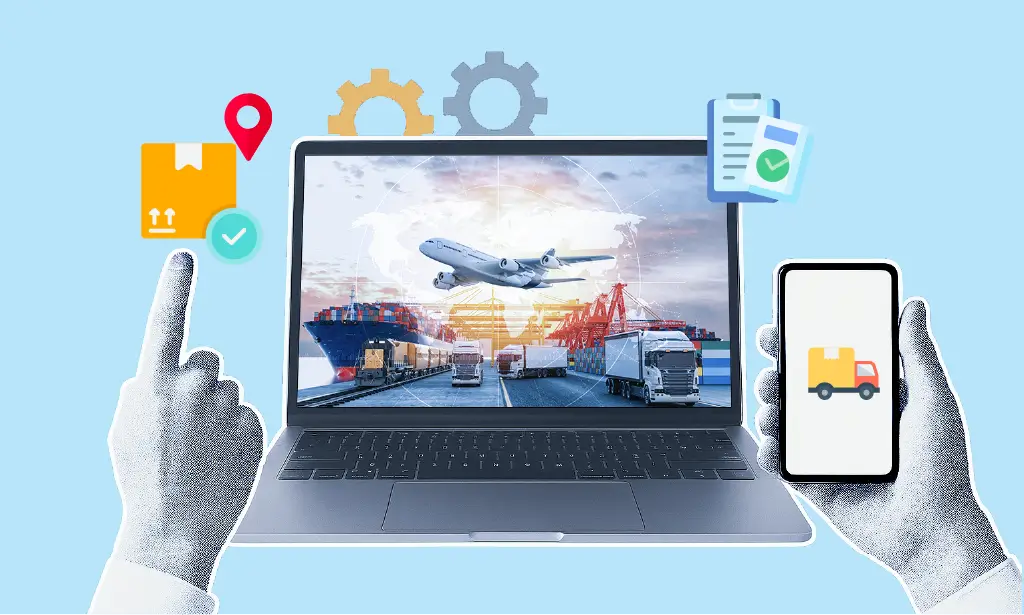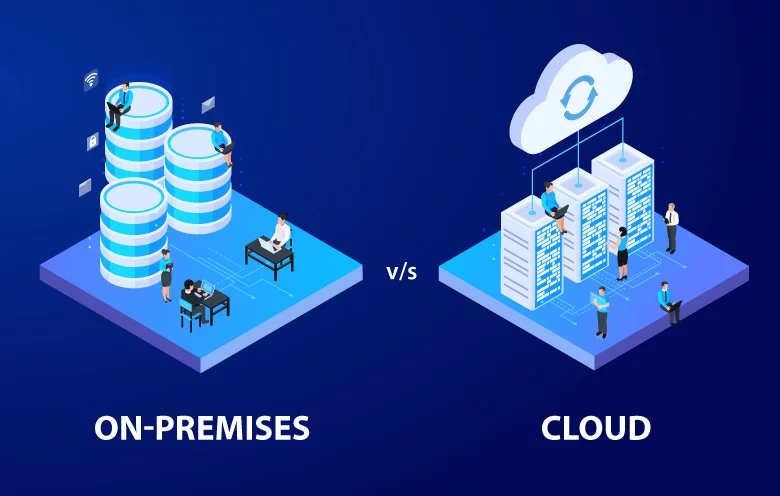Cloud vs. On-Premise Transportation Management Solutions
Choosing between cloud-based and on-premise transportation management solutions could make or break your efficiency. As businesses seek smarter ways to manage carrier coordination, order fulfillment, and inventory tracking, a critical decision unfolds: adopt cloud infrastructure or stick with on-site systems? We’ll unpack both approaches and highlight how service-driven providers like Postalparcel can bridge gaps regardless of your tech choice.

1. What Defines Each Solution?
On‑Premise TMS
Installed locally on your organization’s servers, this traditional model offers direct control over software and data. It suits companies with existing IT infrastructure, customized workflows, and stricter compliance needs. However, it comes with a higher upfront cost, internal maintenance, and limited scalability.
Cloud‑Based TMS
Delivered over the internet, these solutions run on vendor-managed servers. Accessible from anywhere, they allow easy upgrades, rapid deployment, and automatic security updates. Pricing follows a subscription model, easing budget constraints and enabling flexible expansion.
2. Comparing Costs and ROI
| Feature | On‑Premise Solution | Cloud‑Based Solution |
|---|---|---|
| Initial Investment | High — hardware & licenses | Low subscription, no hardware |
| Maintenance | In-house updates, patching | Vendor-managed |
| Scalability | Limited by infrastructure | Highly scalable |
| Total Cost of Ownership | Higher over time | Predictable monthly fees |
Cloud platforms often generate quicker ROI because they eliminate heavy capital expenditure and internal IT costs. Businesses scaling quickly may benefit even more from cloud flexibility.
3. On-Premise vs. Cloud-Based Transportation Management Solutions
With on-premise, your team handles everything—from installation to updates and security. This gives you full control, but it also requires a strong internal IT team and consistent resources.

By contrast, cloud-based solutions put deployment and upkeep in the hands of the provider, who also maintains uptime and security. This model suits teams that prefer outsourcing tech management and focusing solely on operations.
4. How Transportation Management Solutions Ensure Compliance
When you’re in sectors like pharmaceuticals, food, or high-value retail, compliance can tip the scales. On-premise allows for strict controls over data access and network security, essential in certain regulated environments.
But cloud vendors are heavily invested in cybersecurity. They use encryption, access logs, and resilience protocols that many smaller firms cannot replicate internally. So, unless your industry specifically demands local hosting, cloud security can be equally robust.
5. Customization & Integration
On‑premise systems allow deep customization and direct integration into existing databases and ERPs, but modifications can be time-consuming and expensive.
Cloud TMS offers application programming interfaces (APIs) for seamless integration with e-commerce platforms, warehouse RD systems, and order workflows. New modules are often added automatically, which is ideal for businesses evolving quickly.

6. Mobility & Remote Access
Cloud solutions enable staff to work from any device with internet access. Field staff, remote managers, and overseas partners can access data anytime.
On‑premise systems require secure VPN connections or local network access and typically offer limited remote accessibility.
7. Performance and Reliability
On-premise reliability hinges on your internal setup—power backups, redundant servers, and IT maintenance affect system uptime.
Cloud infrastructure benefits from high-availability configurations, global data centers, and vendor-managed redundancy. Most providers guarantee reliable SLAs.

8. Postalparcel: A Human‑Centric Layer on TMS
Alongside—or in place of—software-based solutions, you can opt for a service-based logistics partner. Postalparcel excels here, blending logistics expertise with real-world flexibility:
- Carrier Management & Delivery Services: Postalparcel coordinates with multiple carriers, negotiates rates, handles pickups, and oversees cross-border shipments.
- Inventory & Order Management Support: Real-time stock monitoring, order batching, and integration with e-commerce platforms.
- Hands-on Support: Unlike self-service systems, their services include responsive troubleshooting and proactive logistics guidance.
For example, one apparel brand faced complex cross-border shipping into South America. Postalparcel handled customs documentation, selected appropriate carriers, and tracked each shipment until delivery—all without the brand needing to invest in systems or teams. Another household goods retailer in Europe struggled with inventory syncing between online orders and physical warehouses. Postalparcel’s real-time inventory management service reduced stockouts by 60% and improved delivery speed significantly.

9. Which Approach Suits Your Business?
On‑Premise is Ideal If:
- You have robust internal IT capabilities.
- Data sovereignty is a key concern.
- You need full customization over logistics processes.
Cloud‑Based is Ideal If:
- You want to scale quickly with minimal upfront investment.
- You need seamless remote access and vendor-managed reliability.
- Your operations integrate with modern e-commerce ecosystems.
Postalparcel Service is Ideal If:
- You currently lack logistics infrastructure but need quick carrier pairing and fulfillment.
- You prefer outsourcing complex inventory coordination and delivery oversight.
- You need expert logistics advice without investing in new systems.
10. Real-World Results
Integrating cloud-based solutions reduces time-to-market and maintenance overhead. Meanwhile, service-based providers like Postalparcel offer immediate operational impact through expert fulfillment support.
Take the case of an electronics startup shipping to both the EU and APAC regions. Using cloud TMS tools with Postalparcel carrier coordination, the company cut shipping delays by 40% and reduced logistics overhead by roughly 25% in the first quarter.
Another e-commerce brand opted only for Postalparcel’s services—its smaller order volume and U.S. fulfillment needs were met through outsourced carrier management and order processing support. The brand avoided the complexity of adopting new systems and saw a 35% improvement in delivery reliability within months.
Making the Right Choice
Choosing between cloud, on-premise, or service-based solutions hinges on your technical capacity, need for customization or immediate execution, compliance concerns, and growth plans.
- If control and customization are your top priorities, on-premise may serve you well.
- If agility, remote access, and predictable cost matter most, cloud solutions offer clear benefits.
- If you want fast, expert-managed logistics without system overhead, Postalparcel delivers a compelling alternative.
Conclusion
By understanding the strengths and limitations of each transportation management solution model, you can align your logistics strategy with your growth ambitions. Whether through in-house systems or a service-backed approach like Postalparcel, the goal remains the same: efficient, reliable, and scalable supply chain execution.
Industry Insights
news via inbox
Nulla turp dis cursus. Integer liberos euismod pretium faucibua








